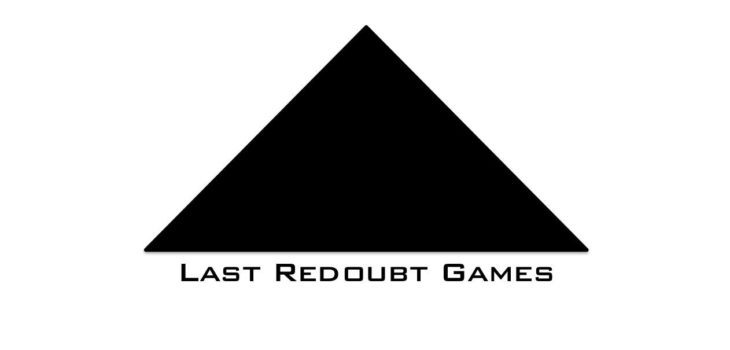 General Gaming
General Gaming
“Wyld Sea” Sneak Peek
Back when the Last Redoubt Games website launched, it featured a (somewhat) playable demo for an RPG called Crimson Seas. After doing some development work on other games, I eventually decided that Crimson Seas was, frankly, kind of a mess. While I still like the concept, there’s a level of detail obsession that comes with alternate history games and the game was becoming way more expansive than I cared to deal with.
So I pulled it down from the site and put it on the backburner. When I started working on it, there really weren’t a lot of options for piracy games. Aside from 7 Seas, there were a couple of generic rulesets, but nothing that really jumped out. Today, the genre is better represented. There’s an RPG version of Sea of Thieves and there are two separate pirate settings for the Savage Worlds system. Frankly, developing a new pirate game doesn’t seem quite as necessary today when you could just play one of those games instead.
I needed a different angle, and I got it from one of my favorite guilty pleasure movies…
Waterworld.
Best described as Mad Max on water, Waterworld takes place in a future where the polar ice caps have melted and caused the sea levels to rise until the world is completely submerged. The movie doesn’t make much sense beyond that, honestly, but it’s not the kind of movie where you spend time scrutinizing the ins and outs of the science.
In any case, I’ve always loved the movie even though it was an infamous box office bomb and, frankly, isn’t very good. But it has its charm and some great set-piece moments. More importantly, I loved the concept. After thinking it over for a while and scribbling out some notes, I decided to rework Crimson Seas from a game set in an alternate history Caribbean into one that takes place on a world of endless water.
Last week, I finally got around to cracking open the existing Crimson Seas rules and started modifying things to fit the new concept. There were a lot of things that needed fixing due to the rules revamp Crimson Seas got at some point late in its development life. But after a few late nights, the game is finally shaping up into its new form.
It’s not quite ready to so, but I wanted to share something about it here on the site. So I put together a brief “Sneak Peek” document that presents a lot of the setting and concept detail from the new game, which has been renamed Wyld Sea. I should have an actual playable demo ruleset ready to share within the next week or two, but hopefully this will be enough to give anyone who’s interested an enticing look at what’s to come.






